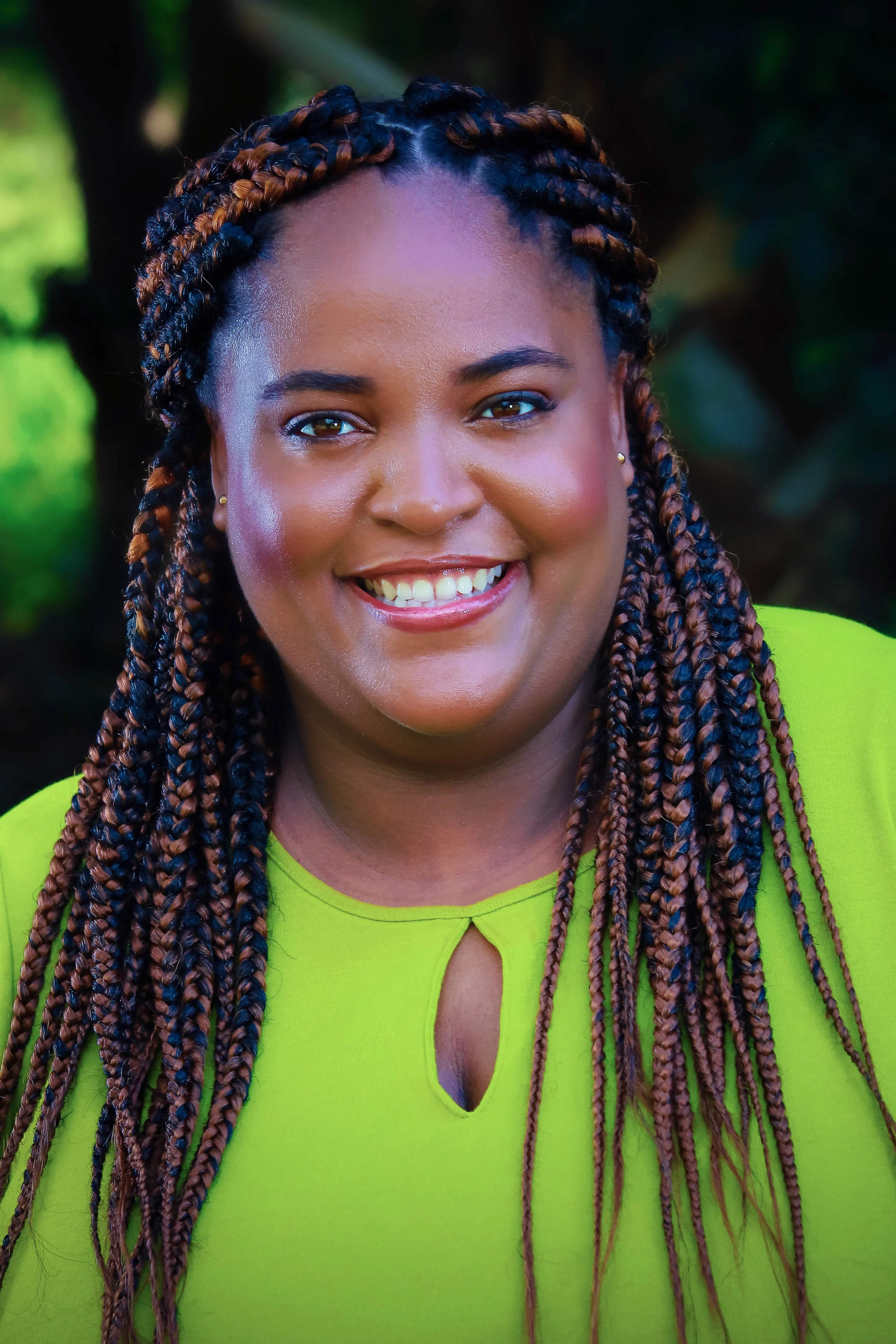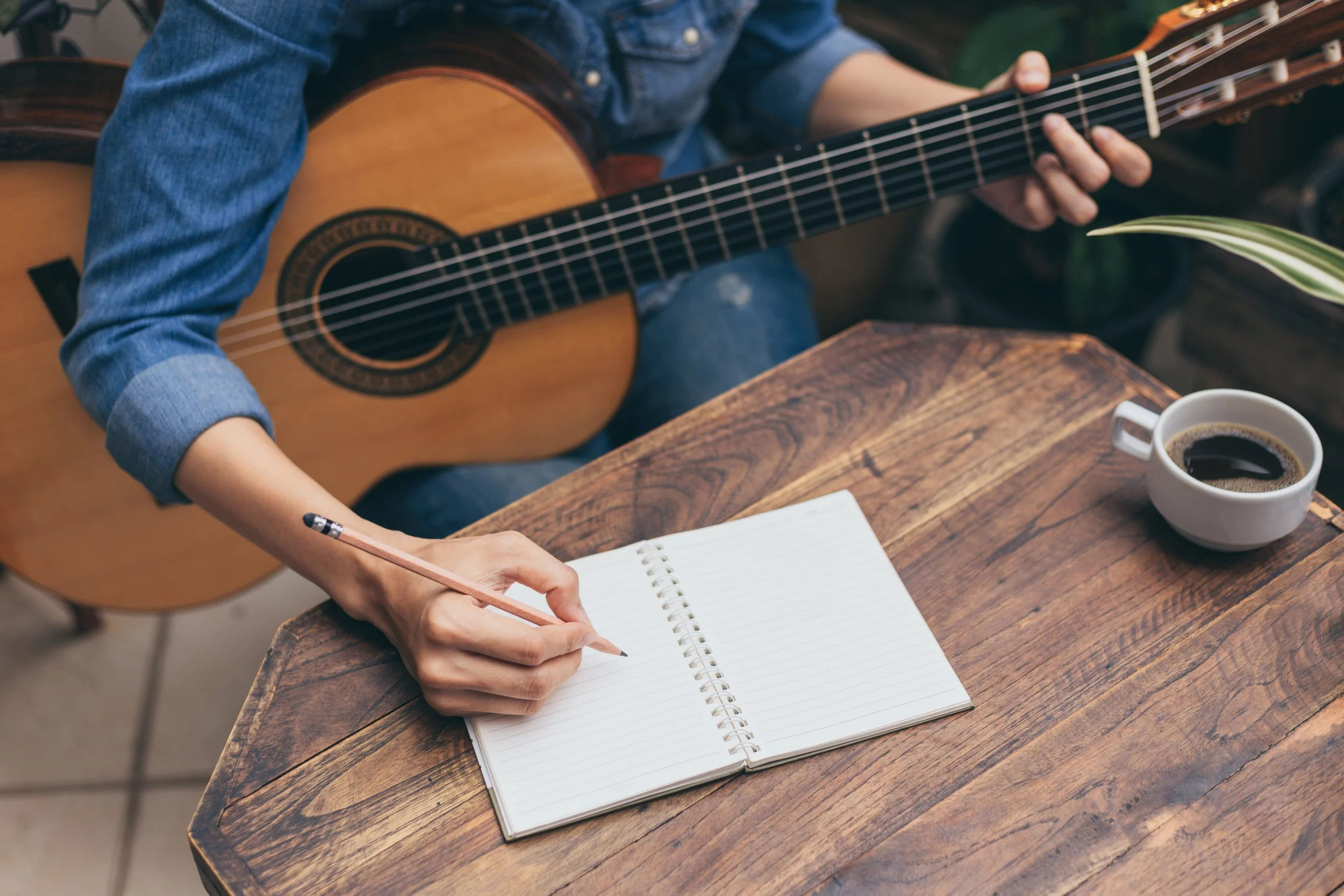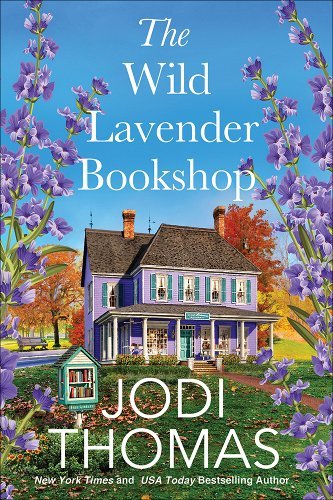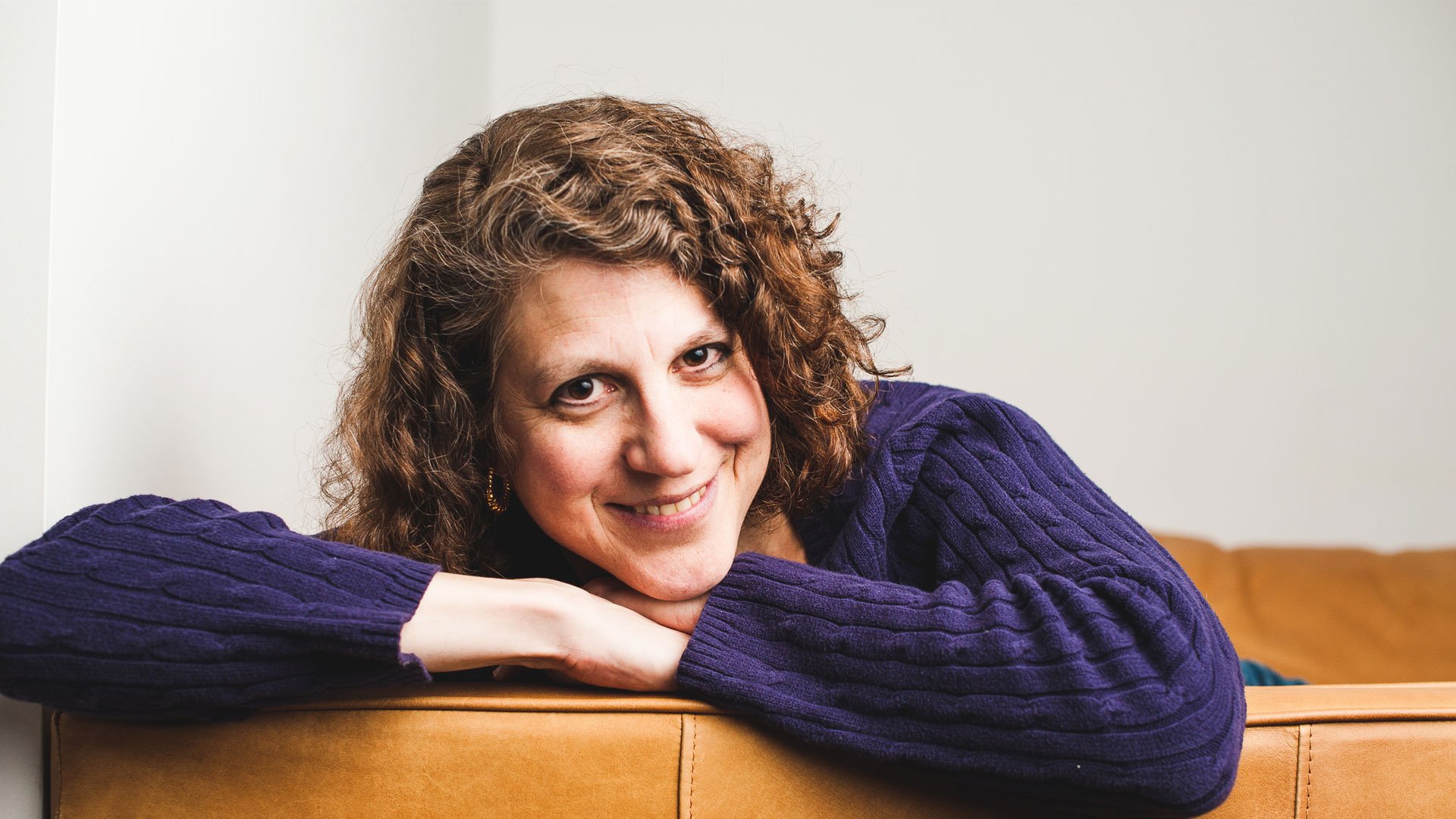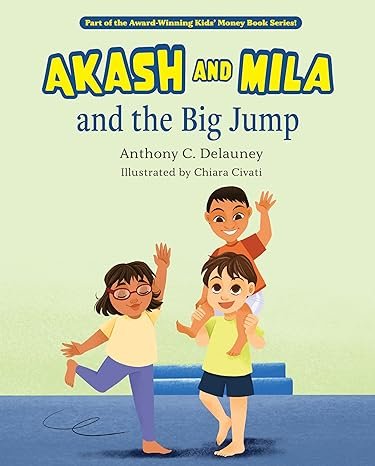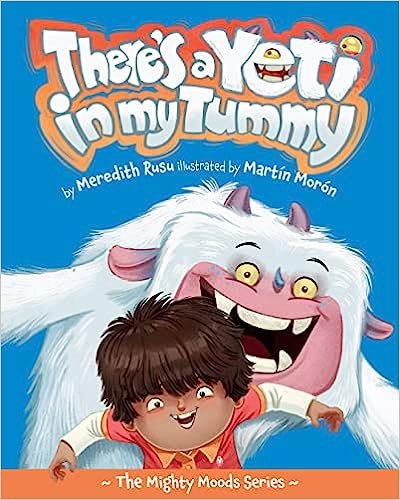Why Fun Stories For Kids Are Essential For Emotional Development
/Imagine a world where every bedtime and quiet afternoon is filled with adventure and magic in distant lands, where dragons soar and heroes triumph. For children, the pages of a storybook aren’t just a series of sentences but a portal to another universe. Fun stories for kids do more than entertain; they play a crucial role in emotional growth. Engaging narratives capture young imaginations, providing both a playground and a safe space to explore complex emotions and situations.
While the value of academic education is widely recognized, the emotional learning that fun stories facilitate is just as vital. Through the twists and turns of a good story, your child develops empathy, resilience, and learns the distinction between right and wrong. The characters become friends who not only teach them about the world but also about themselves. This understanding is fundamental in nurturing well-rounded, emotionally intelligent individuals.
The Gateway To Understanding Emotions
Fun stories for kids serve as an initial exposure to the spectrum of human emotions. When your child encounters characters in diverse situations, they begin to identify and empathize with feelings of joy, sadness, fear, and excitement. This connection is crucial for helping children recognize these emotions within themselves. For instance, when a character triumphs over adversity, your child gains insight into resilience and the satisfaction of overcoming challenges, subtly encouraging them to face their own obstacles.
These funny stories frequently introduce children to the concept of empathy. Through engaging narratives, your child learns to put themselves in the shoes of different characters, understanding their feelings and perspectives. This not only broadens their emotional vocabulary but also aids in developing patience and tolerance toward others. Each story acts as a rehearsal for real-life interactions, where emotional comprehension plays a key role.
Fun stories for kids also often deal with resolving conflicts or challenges, providing clear examples of problem-solving and emotional regulation. When your child sees characters managing their emotions effectively, they are inspired to mimic these behaviors. This learning through storytelling is not only engaging but also remains with the child as they navigate their own world of emotions and relationships.
Building Confidence And Security
The repetitive and predictable nature of many fun bedtime stories creates a sense of security and comfort for children. Listening to or reading these stories can be a calming ritual, especially in times of stress. This regular exposure to a safe and controlled emotional environment helps children feel more secure and less anxious about unforeseen situations.
Within the safety of these stories, children often encounter characters who must overcome fears or tackle new challenges. Observing a favorite character manage such situations with courage can inspire your child to adopt similar bravery in their own life. This is particularly effective in fun stories where the narrative is engaging and the outcomes are positive, reinforcing a child's belief in their own capabilities.
This engagement with hilarious stories boosts self-esteem by offering children a chance to see themselves as heroes. Through imaginative play sparked by these tales, your child explores their own strengths and skills, often adopting the admirable traits of their beloved characters. This not only boosts their self-image but also encourages a healthy formation of personal identity.
Enhancing Social Skills Through Narrative
One of the less obvious benefits of fun stories for kids is the development of social skills. As your child engages with stories, they learn about social cues and appropriate behaviors in various situations. This narrative-driven learning makes it easier for them to apply these lessons in social settings, enhancing their interactions and social comprehension.
Stories provide a shared experience that can be a foundation for interaction and friendship with peers. Discussions about favorite characters or exciting storylines offer easy opportunities for your child to bond and communicate. This shared narrative experience can be a gentle introduction to forming connections and participating in social groups.
Fun, entertaining stories often include diverse characters from various backgrounds and experiences, providing a broad social perspective. Your child exposed to such diversity in stories learns to appreciate different cultures and lifestyles, which is invaluable in today’s global society. This not only enhances social skills but also fosters a more inclusive attitude.
Emotional Resilience From Page To Playground
The adventures and trials in fun stories for kids aren’t just thrilling—they teach resilience. By following the journeys of characters who face and overcome adversity, your child learns that setbacks can be managed and conquered. This is particularly important in developing a child’s ability to cope with disappointments and challenges in their own lives.
The resolution of conflicts and the achievement of goals in stories reinforce the notion of persistence. Your child learns that perseverance can lead to happy endings, an important lesson in maintaining effort despite difficulties. This kind of narrative encourages your child to keep trying, even when they encounter obstacles.
Wrapping Up
Fun stories for kids are far more than mere creative entertainment; they’re essential tools for emotional development. These stories teach empathy, boost confidence, enhance social skills, and foster resilience, all of which are crucial in the emotional education of children.
By immersing young readers in worlds where challenges are met with courage and resilience, you prepare them not just to read, but to lead emotionally rich lives. So, when you pick a funny story for a child, remember—you're not just selecting a tale; you’re shaping a future.


